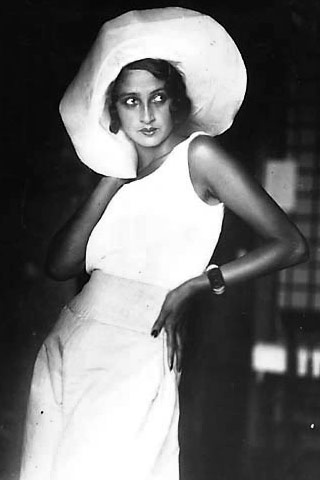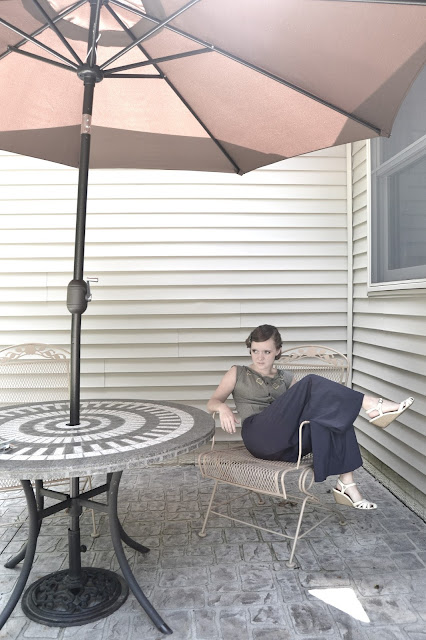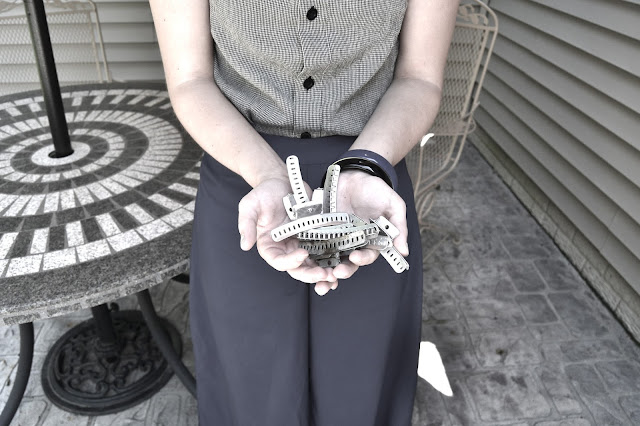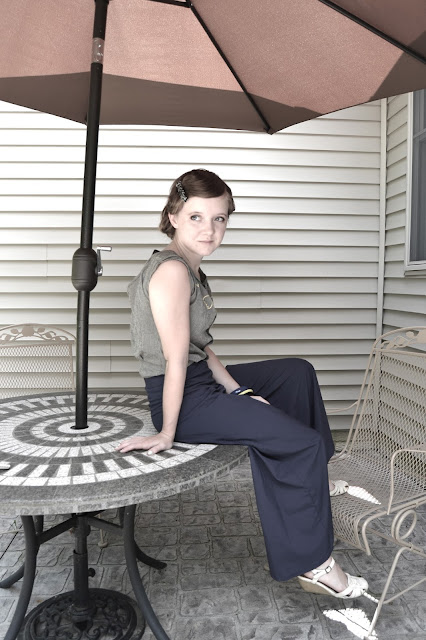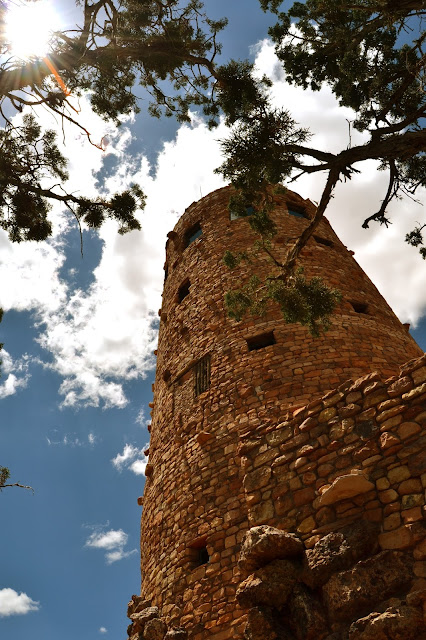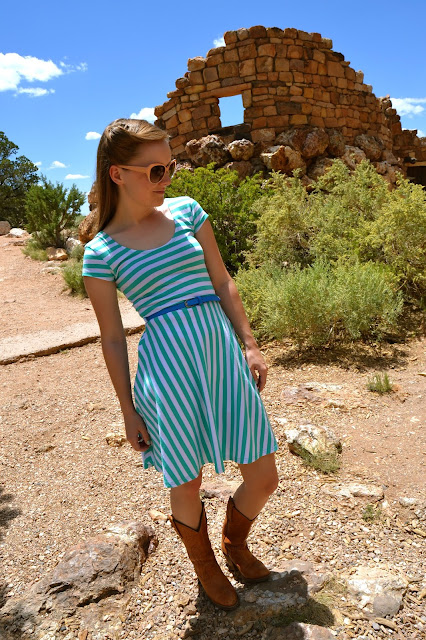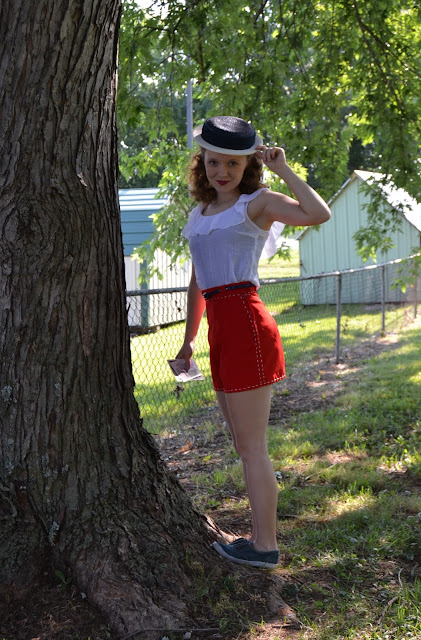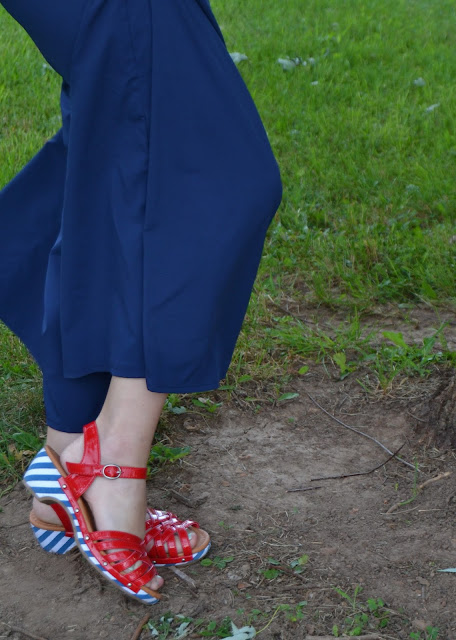I apologize in advance for what may, perhaps, be an infrequency of posts in the near future. I'm having some internet troubles, so when I want to get online I have to sit at Panera. And eat this asiago, bacon, egg, cheese sandwich with acai berry iced tea... Darn, I know. But I try to roll with the setbacks.
Yesterday I picked up a purse I've been eyeing at Relics flea market for a while now. While I don't have a picture of it for you today (another purse-themed post is to come!), I am going to share with you the research I did on lucite last night. I'll admit, the first time I saw a lucite bag, I thought the barbie-like, plastic lunchbox purse was strange, but the more I research and discover.... the more I love this lucite stuff. Let me get you hooked too. (Peer purse pressure.)
What is lucite?
Lucite is a lightweight, odor-free plastic also called acrylic glass. It isn't technically a glass, but it can be used as a substitute for it (aka, plexiglass). Lucite began to be mass produced and especially popular in the 1940s and 50s, with some companies even recycling old WWII plane parts to create fun handbags, shoes, jewelry, etc.
Although we don't consider plastic to be a high-quality material these days, the lucite products were well made and functioned as little works of art to incorporate into every day life. Early products were even handcrafted, before they developed machinery to create them. Because I found a lucite purse myself, I'm going to highlight those specifically.
What kind of lucite bags were made, and which ones are rarest?
Lucite bags come in nearly any shade including green, pink, blue, turquoise, clear and red, with red being the rarest and most expensive collector item. They may also have glitter, confetti, flowers, fabric, or other items put into the plastic as well. There are as many varieties of lucite bags as one could ever want!
A plus of a plastic bag is the huge number of shape options. Lucite purses can come in trapezoidal, rectangular, round, beehive, and cylindrical shapes, along with many others. They are often held together with brass fittings and decorations.
Why is lucite so special?
Lucite arrived after bakelite, and it was practical for hundreds of uses for a few reasons. It is much lighter than bakelite, and it is also odorless. It will not shatter and is very durable. It also wears well and does not yellow over time like other plastics, and scratches can be buffed out.
Is there more than one type of lucite?
Yes, it comes in six effects/colors:
solid color, moonglow (resembling a moonstone), confetti (glitter), granite (looks like the rock), embedded (has pieces of other things, such as shells or fabric, inside), and molded/ thermoset (made from any of the other types and most often used for jewelry)
Is there a "lucite test" like there is for bakelite?
Not particularly, there isn't. When doing the hot pin bakelite test, lucite will melt. This is not a recommended test, however, since it will damage the piece and lessen its value. As well, it is lighter and smoother then bakelite, so this could be useful in comparison testing. Since lucite is odorless, it is often best to depend on look and shape to determine if an item is legitimately vintage lucite.
Lucite jewelry is still made today, but it may be called resin or acrylic resin. Learn the common looks and trends of the 40s and 50s to differentiate between modern and vintage lucite.
How can I restore and clean lucite pieces?
Stay tuned for the next post!
Other resources:






